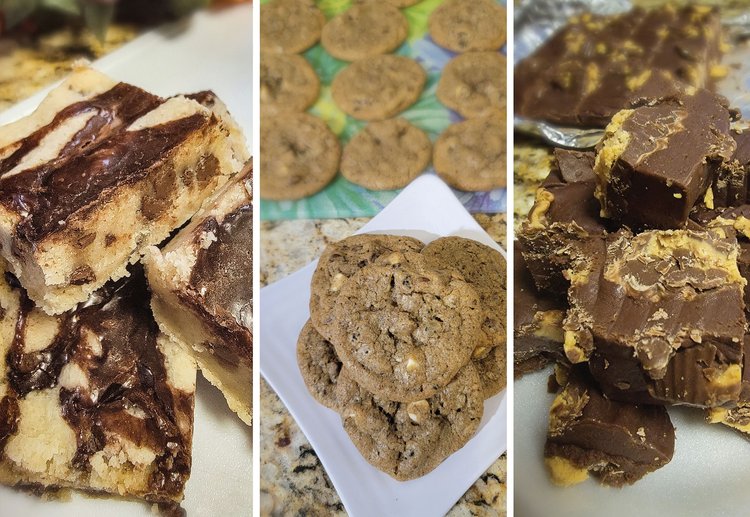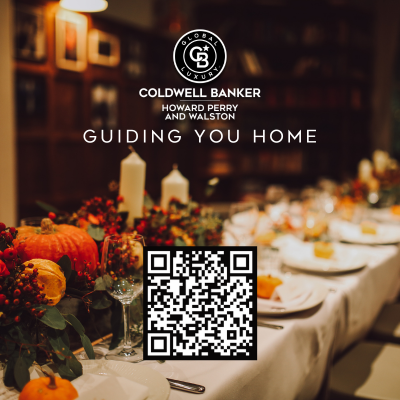Article:
By Deanna Martinez-Bay | Photos by 4 Seasons Photography
In 2010, I decided to expand from baking for family and friends to baking for customers. I was interested in working from home, doing something I loved. Becoming a certified cottage baker provided the flexibility I needed to work around my family, and an income stream I could contribute to our expenses.
In addition to the flexible schedule, I realized my community needed me. There was a distinct need for baked goods that did not contain ingredients we could not pronounce. People were looking for wholesome baked goods that were not ultra-processed. And because of this, my cottage bakery was born.
A cottage food business is a licensed or permitted business that enables bakers to make and sell nonperishable foods from their home kitchens. Each state has its own “cottage food laws” that cottage food businesses must follow. Usually, these laws are overseen by a state’s department of agriculture or health. The North Carolina Department of Agriculture provides a certificate after administering a home inspection that will allow you to legally open your very own cottage bakery.
Here’s how to do it.
Step One
Learn the laws and regulations in your state. Numerous articles, blog posts and websites are dedicated to explaining various states’ cottage food laws. Other than researching the departments of agriculture or health for your state online, I recommend visiting pickyourown.org/how_to_sell_your_homemade_food_products.php. Here you will find cottage food laws for all 50 states.
While searching for information about starting your cottage food business, be sure to look for answers to the following questions:
What does an operator need to do to obtain a cottage food certificate?
What products can a cottage food business sell?
Where can a cottage food business sell its products?
How much product can a cottage food business sell?
If you’re ready to schedule your home processor inspection in North Carolina, visit ncagr.gov.
Step Two
Create your menu. Before cultivating your menu, consider what you’re allowed to sell. North Carolina allows only the following nonperishable foods to be made and sold: bread, cakes, cupcakes, cookies, brownies, candy, dry goods mixes, pies, high-acid canned preserves and snacks.
Create what you enjoy. What do you like to bake? Do you enjoy decorating cakes? Is your heart in creating intricately designed sugar cookies? Determine what you enjoy creating, then take the time you need to perfect those items.
Remember: Practice makes perfect. After you decide what you want to make, start practicing. Try new recipes and new decorating techniques. YouTube, TikTok and Instagram are excellent places to watch videos that will help you develop new ideas or decorating techniques.
Step Three
Determine the ideal sales channels for your cottage bakery. Here are some options.
Sell directly to the customer. This means you can bake goods in your home kitchen and have your customers pick up their orders at your home. If you’d prefer not to invite customers to your home for pickup, you can meet them at a public location.
Porch Pop-ups. Before planning a porch pop-up, make sure your neighborhood allows them. This is similar to a yard sale, so if you are allowed to sponsor one, your porch pop-up should be no problem. I’ve talked to cottage bakers who earned hundreds to thousands of dollars each weekend from hosting porch pop-ups on their porches, in their driveways or in their garages.
Farmers Markets. Farmers markets are in full swing during the spring and summer months in North Carolina, and create fantastic selling opportunities for cottage food operators.
Step Four
Market your business. Social media channels are an ideal way to market your cottage bakery. It is an economical option and allows you to reach many people. The key to a successful porch pop-up, for example, is to market your event on social media and neighborhood websites. This allows you to build up a clientele who will purchase from you time after time.
I suggest Facebook, Instagram and TikTik to start. On Facebook, create a bakery page and group, and invite all your friends to like and join them.
For Instagram, open a business account and connect with local people and businesses. TikTok viewers love seeing videos of baked goods, as well as you baking them in your kitchen!
Photography Matters
Be sure to share crisp, clear pictures, and allow the food to be the main focus. Props are OK—just be sure they do not clutter the photo. Indirect natural light is best for food photos. Get creative and take your baked goods outdoors to snap the perfect shot.
Deanna Martinez-Bay’s Award-winning Taste of Home Mascarpone Cheesecake
This recipe won second place in Taste of Home magazine’s “Taste of Italy” contest!
INGREDIENTS
Crust:
3/4 cup of graham cracker crumbs
3 tablespoons of sugar
3 tablespoons of butter, melted
Filling:
2 8-ounce packages of cream cheese, softened
2 8-ounce cartons of mascarpone cheese
1 cup of sugar
1 tablespoon of lemon juice
1 tablespoon of vanilla extract
4 eggs, lightly beaten
Topping:
1/2 pint of heavy whipping cream
1 cup of powdered sugar
Optional: 1 tablespoon of caramel ice cream topping or chocolate syrup
Directions for the crust:
Preheat the oven to 325 degrees. Place a greased 9-inch springform pan on an 18-inch square of heavy-duty foil. Securely wrap the foil around the bottom of the pan.
In a small bowl, combine the graham cracker crumbs and sugar; stir in the butter. Press the crust mixture onto the bottom of the prepared pan.
Place the pan on a baking sheet and bake it for 10 minutes.
Cool the pan on a wire rack.
Directions for the filling:
In a large mixing bowl, beat the cheeses, sugar, lemon juice and vanilla together until smooth. Add the eggs and beat the mixture on low speed until just combined.
Pour the mixture over the baked crust and bake for 50–60 minutes, or until the center is just set and the top appears dull. Cool the cheesecake on a wire rack for 10 minutes.
Carefully run a knife around the edge of the pan to loosen the crust from it. Cool the cheesecake for an additional hour. Refrigerate overnight, then remove the sides of the pan.
Directions for the topping:
Whip the heavy whipping cream with a mixer until soft peaks form. Add the powdered sugar and mix it in until combined. Spread the topping over the cooled cake.
Garnish the cheesecake by drizzling it with caramel or chocolate syrup. Refrigerate the leftovers.
Tip: For leftover cheesecake, wrap individual slices in press-and-seal wrap then freeze each slice for up to three months. To defrost the slices, allow them to adjust to room temperature on the counter or pop them in the microwave on the defrost setting for about 30 seconds.




